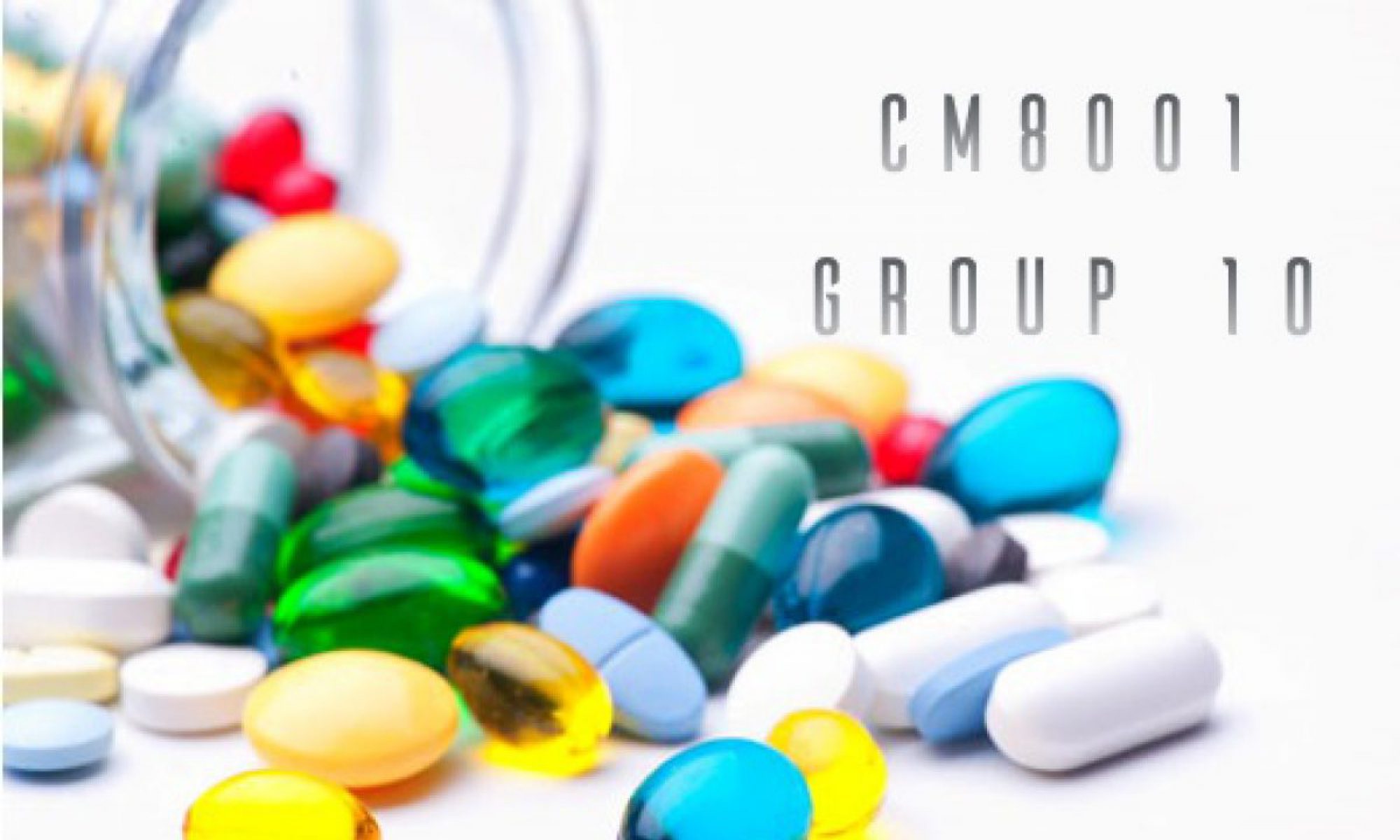Introduction:
As mentioned, drugs of different isomer may bring various effects to the consumers. For example, drugs such as ibuprofen, ketoprofen are only active in their S enantiomers — having the effect of relieving pain and anti-inflammatory effect. In contrast, the R enantiomers form is inactive. It is known as unidirectional chiral inversion because in the body, R enantiomers can be converted to S enantiomers by hepatic enzymes but S enantiomers cannot convert to R enantiomers.
In addition, in overall both generic and OTC medicine have implications to society. Positive and negative implications are as follows:
Negative implications:
- Certain medications can have ill effects if the wrong one is ingested. An example is the Thalidomide ‘wonder drug’ incident commonly used to treat morning sickness in pregnant women. However the S isomer of thalidomide caused defects in newborn babies such as missing limbs or organs.
- Drugs can cause effects like illnesses, which can be expensive for society to cure, for example mental illness like psychoses or neurological illnesses.
- The high costs of narcotics abuse can cause economic catastrophe for the addict.
- The high costs often cause other criminality, which causes extensive damage.
- Children of individuals who abuse drugs often are abused or neglected as a result of the individuals’ preoccupation with drugs. National-level studies have shown that parents who abuse drugs often put their need to obtain and abuse drugs before the health and welfare of their children.

Positive implication:
Medicines prescribed by medical doctors makes lives easier and prevents crime. This is true for narcotics like methadon to people who already are heroin addicts. These medicines are similar to heroin and allows the user to work normally. For people with severe anxiety problems, methadon could be a good medicine. They do however have side effects, for example sexual problems, and there can be problems with needing more and more of the same medicine to get the desired effect.
References:
- Fatimathas, Lux. (2010, 31 March). Thalidomide: uncovering the mystery behind the disaster. Retrieved from http://newsciencejournalism.com/ 03/2010/thalidomide-uncovering-the-mystery-behind-the-disaster/
- Nguyen, L. A., He, H., & Pham-Huy, C. (2006). Chiral Drugs: An Overview. International Journal of Biomedical Science : IJBS, 2(2), 85–100.
- Jacob Palme. (2007). Drugs effect on society. Retrieved from http://web4health.info/en/answers/add-social-effects.htm
